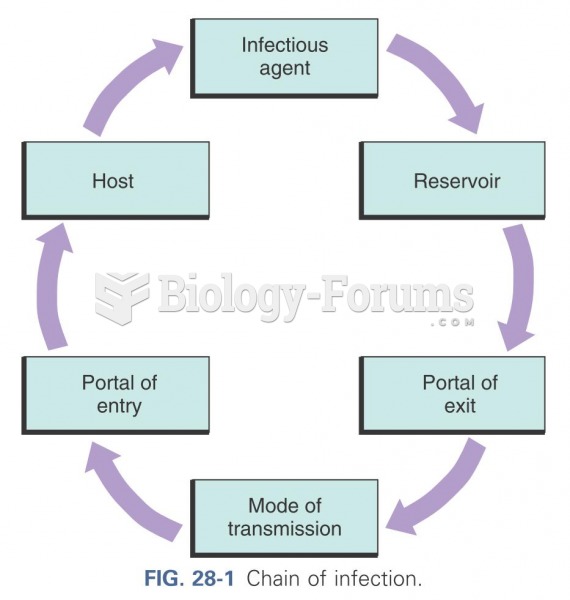Answer to Question 1
Supply chain software applications harness the computational power and communication abilities of an SCIS to help managers make timely, appropriate decisions. The primary SCM software categories include planning, execution, event management, and business intelligence.
Supply chain planning applications help organizations evaluate requirements for materials, capacity, and services so that effective fulfillment plans and schedules can be developed. The tools help managers gain accurate, detailed insight into issues that affect the development of supply chain processes. The solutions use complex algorithms, optimization techniques, and heuristics to solve supply chain objectives within the stated planning horizon.20
Use of execution tools is extensive due to their rapid ROI and positive impact on supply chain performance. Companies deploy a variety of execution software to implement their strategies and manage supply chain flows of product, information, and money. Effective integration of these tools supports data sharing and cross-chain visibility.
Supply chain event management tools collect data in real time from multiple sources across the network and convert them into information that gives managers a clear picture of how their supply chain is performing. The software allows companies to automate the monitoring of supply chain events as they occur on a day-to-day basis. When a problem or exception occurs, managers receive real-time notifications so that corrective action can be taken. Problems such as parts shortages, truck breakdowns, and network disruptions can be avoided or mitigated, saving time and money.
Business intelligence (BI) tools automate the analytical work and present the results in visual formats that are easier to understand.26 Relevant information becomes readily available to supply chain managers for informed planning and decision making.
In addition to the data collection and analysis capabilities, BI software supports self-service reporting, performance scorecarding versus goals, development of graphical dashboards, and activity monitoring in support of event management. These BI tools also provide access to data residing on multiple SCIS without the need for technology department involvement. Hence, cross-chain collaboration is supported.
Answer to Question 2
False







